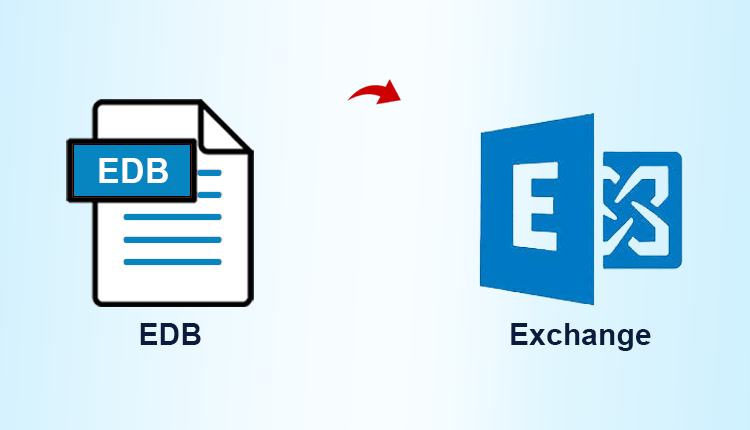EDB to Exchange Server: Import EDB File into Exchange 2013

Moving EDB Data to MS Exchange Server
Did you want to import your old EDB backup files or you are migrating from lower version to higher one or have you received any EDB format file to upload it in Exchange 2013? Here you landed at the right place. We here are going to discuss how to import EDB file into Exchange 2013. The user will get all the solutions here for their problems or queries related to the how to import EDB file. Follow the solution to move your files.
Needs of user to add EDB to Exchange 2013
The user want to upload your data that you have backed up before.
- If the user have received a file in .EDB format & they want to open it.
- When the user migrating from lower version to higher version.
- Copying the data of EDB file to New Microsoft Exchange Server.
Manual Solution to Import EDB file into Exchange Server Live
In this solution you have to move EDB file to Exchange, one by one. But before starting this process the user has to take a backup of EDB file. After starting the process the user cannot do any thing else to that file if you do it will show you the failure message. To check about it the user needs to run the eseutil.exe command in Exchange Management Shell. The syntax to ESEUTIL command is eseutil /mh
Follow these steps for importing EDB file to Microsoft Exchange Server Live:
- Run Exchange Management Shell and type the command to bring EDB file to a Clean Shutdown state.
Type Command: eseutil /r E05 /l C:\RecoveryLogFiles /d C:\RecoveryDBFile - The above command will perform Soft Recovery. You can check the status of database EDB file by running below command again.
Type Command: eseutil /mh C:\RecoveryDBFile
While importing the EDB file if there is any corrupted file than it will recover it than import it. It will take so much of time. By following these steps the state of the .edb file is finded. If the state is clean Shut down that means the file is successfully imported to server or If not then you have to go for Hard Recovery of EDB file.
Limitations of manual solution are:
- Time consuming
- Data Loss
- Corrupted data
- User need to take backup first.
Best Way to Mount Exchange EDB to Exchange 2013
As we discussed the manual process there are many limitations of manual solution. The user must have the technical knowledge to implement those steps. So, here we give you the professional way to import EDB file into Exchange 2013 that is Exchange Recovery tool. This tools helps user to add EDB to MS Exchange 2013 in easy steps. It required less time. It does not need any technical knowledge to perform it. The user will get many features with this tool.
Features are:
- Exchange Mailbox Recovery
- Deleted EDB Database recovery
- Export Selective Items
- Multiple File Naming Option.
Conclusion
We have discussed about the manual process to import EDB file into Exchange 2013. We get the results that the professional solution is better than the manual solution. In professional solution we have data security, less time needed, easy to use & much more features. I would also like to recommend you to go for the automated tool to add EDB to Exchange 2013.